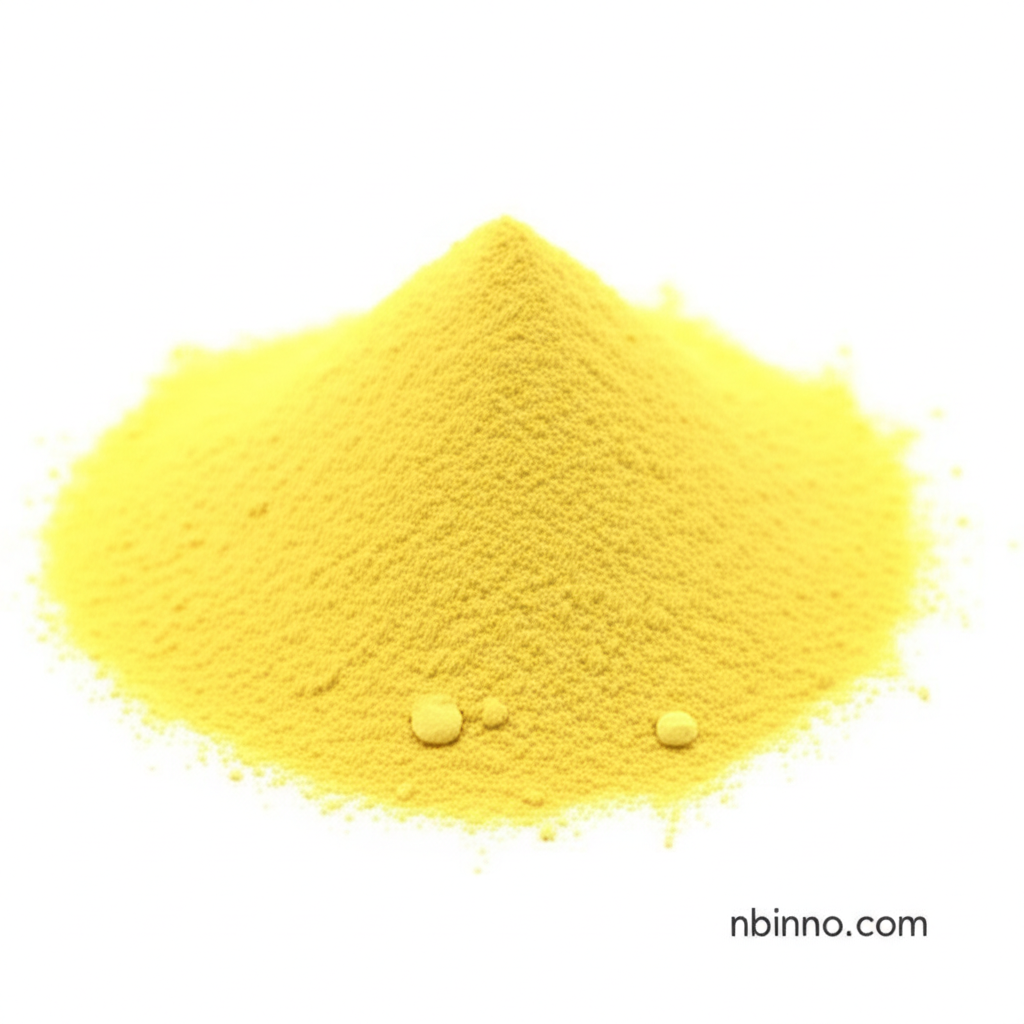High-Purity Retinal (CAS 116-31-4): Applications in Vision Science and Advanced Research
Explore the critical role of Retinal in vision, biochemistry, and cutting-edge research applications.
Get a Quote & SampleProduct Core Value

Retinal
Retinal, also known as retinaldehyde and a form of Vitamin A aldehyde, is a vital polyene chromophore essential for visual phototransduction. It binds to opsin proteins to form rhodopsin, the key molecule in converting light into neural signals for vision. Beyond its role in vertebrate vision, it is also employed by some microorganisms to harness light for metabolic energy and serves as a valuable tool in optogenetics for controlling neural activity.
- Discover the fundamental role of this visual cycle component in understanding light detection mechanisms.
- Explore the use of Retinaldehyde in advanced research, including its function as an optogenetics tool.
- Learn about the chemical properties of Vitamin A aldehyde and its significance in various biological processes.
- Investigate the applications of Retinal in biochemistry and its importance as a research chemical.
Key Advantages
Unparalleled Purity
High-purity Retinal is crucial for accurate scientific results. Suppliers offer this compound with assay values typically ≥97% to ensure reliability in complex experiments, making it an essential research chemical.
Versatile Applications
From elucidating the visual cycle to enabling breakthroughs in optogenetics, Retinal's applications span multiple scientific disciplines, highlighting its importance as a biochemical tool.
Essential Vitamin A Form
As a form of Vitamin A aldehyde, Retinal plays a fundamental role in metabolism and cellular function, offering insights into health and disease mechanisms.
Key Applications
Vision Science Research
Investigating the intricate visual cycle and the molecular basis of sight relies heavily on understanding this visual cycle component. Its chemical properties are key to these studies.
Biochemical Studies
As a research chemical and a form of Vitamin A aldehyde, Retinal is fundamental for studying various biochemical pathways and cellular processes.
Optogenetics & Neuroscience
The use of Retinaldehyde as an optogenetics tool provides researchers with precise control over neural activity, advancing the study of brain function and diseases.
Microbial Energy Conversion
Some microorganisms utilize Retinal as a chromophore for converting light into metabolic energy, showcasing its diverse biological functions.
